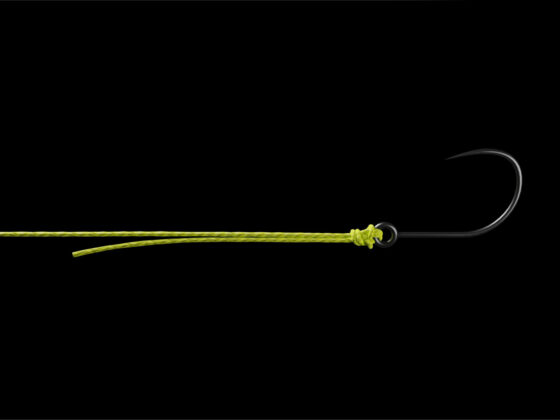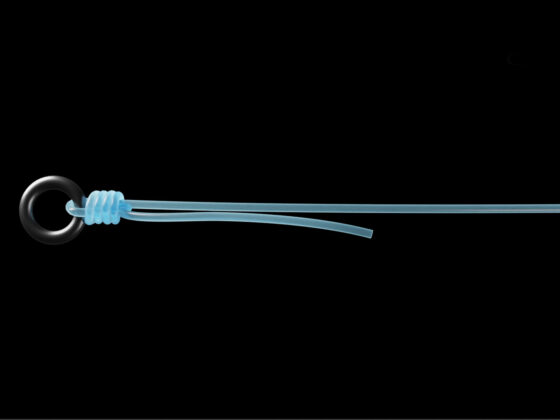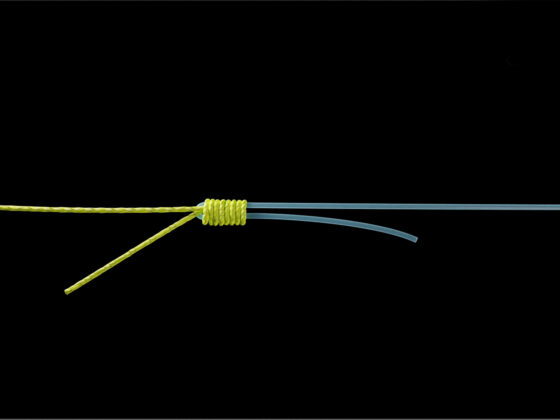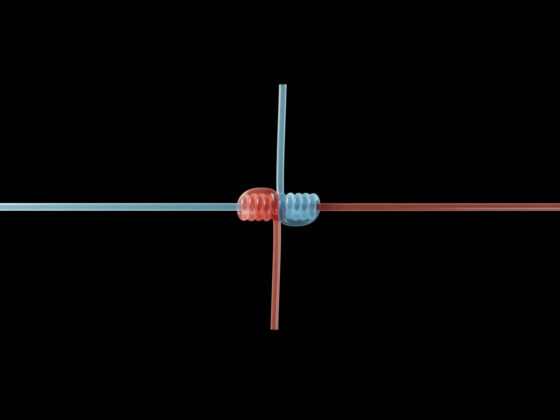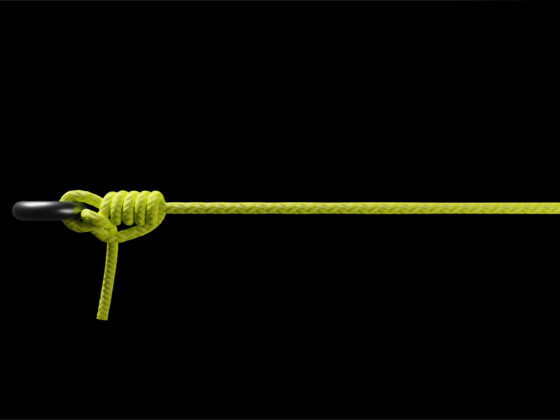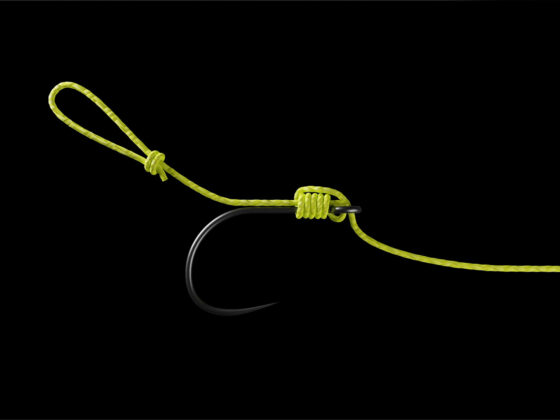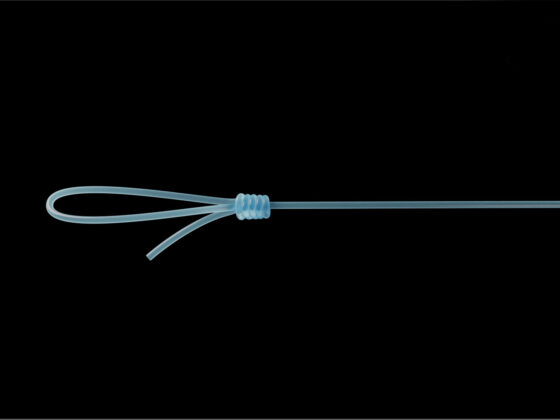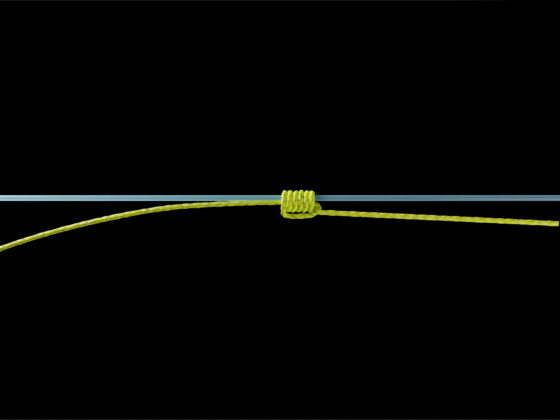Which knot do I use and how do I tie it cleanly and correctly?
By far the most frequently asked question on the subject of line! After all, the knot is often the most sensitive point between you and your dream fish! The best tackle is of little use if the knot fails at the wrong moment! There are so many fishing knots – hardly anyone knows or even masters them all. That’s not even necessary, but a few really good all-round and special knots will make your life on the water easier and, by the way, good knots will also increase your catching success. A really good knot doesn’t have to be complicated, but it does prevent the risk of line breakage enormously. With the following knot videos we want to introduce you to a few of the best knots – and all as simple as possible. You can follow all the knots millimetre by millimetre, each knot winding step by step.
Have fun and success – your Climax Team
Palomar
I wonder if the dropshot rig would have become so popular without this knot? Would it even existed at all?
Maybe so, but it’s not for nothing that the Palomar knot is one of the absolute classics that every predator angler should master. Tied correctly, this knot offers us the advantage that hooks, for example, but also swivels or snaps protrude from the line at a 90 degree angle. The Palomar knot is extremely stable and can even be used with braided lines and thin diameters of monofilament lines.
Grinner
One for all is the motto for this knot.
Whether monofilament or braided, the Grinner knot can be tied with all types of line and many diameters. The applications for this all-round knot are truly versatile. However, the grinner is mainly used when the main line is tied to a swivel, carabiner or ring. The great advantage of the grinner knot is the simplicity of tying it and its extremely high breaking strength: up to 90% of the linear strength! Anglers all over the world appreciate the Grinner knot for its extremely high reliability.
Albright
Not quite simple but extremely useful!
Not quite simple but extremely useful! The little brother of the FG knot is probably the better known and also a lot easier to tie. Even if “easy” perhaps is not the best description for this type of knot, as the Albright can also be quite a fiddly affair. However, if you want to tie a monofilament fluorocarbon leader for zander fishing or the Snagleader to a braided main line when carp fishing, you are really well advised to use the Albright knot.
This knot is your connection to the fish!
Blood knot
Not for everyone, but perfect for monofilament!
Even if the blood knot connects two lines in a similar way to the Albright, it is especially suitable to connect similar diameters and monos. If you still want to use it for braid, it is essential to make significantly more wraps than when using monos. Attention: the blood knot is not recommended when connecting different types of linelarger diameters. In any other case, the blood knot is best choice to securely fasten your main line to your leader.
Clinch / Improved Clinch
From the absolute beginner to the full professional, this knot should be really known by every angler.
At the same time, it is also the knot that most anglers learning first.
This may be due to its function. Whether you want to attach a hook, swivel or lure to the main line, with the clinch knot this can be done quickly and easily.
It is important to note the diameter of the line. Thus, with thicker lines already five wraps can be sufficient, whereas with thin lines 8 or more wraps can be advantageous.
No Knot
A knot that is not a knot.
That is why it has this contradictory name.
Its main application is in modern carp and catfish fishing. Here, the No Knot helps to determine the correct hair length and thus adapt to the bait size. But this is by far not the only application for this.
Predator fish or sea-leaders with hook rigs can also be made with this knot excellent.
Loop knot
Irreplaceable!
Correctly tied and used, the loop knot is indispensable in everyday fishing.
It is needed in all types of fishing and can be tied with a wide variety of line types and diameters.
All in one, a knot, which belongs to the basic knowledge of every angler.
n werden.
Alles in allem ein Knoten, welcher zur Grundausstattung eines jeden Anglers gehört.
Stopper knot
So versatile, so simple!
Fishing with a floater is probably the best-known application for the classic stopper knot. But also beads or leads can be fixed with it and feeder baskets can be held in the right place.
A line marker is needed? Here, too, the stopper knot is very helpful.
With this knot not only the usual suspected line types can be used, also dental floss or rubber cord can be used for a better hold.
Again, the stopper knot should be mastered to be prepared for any situation on the water.


